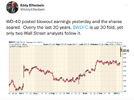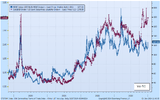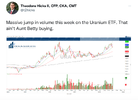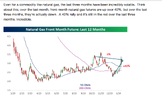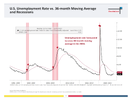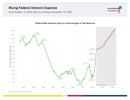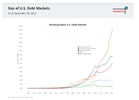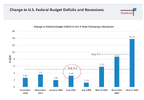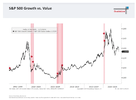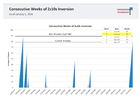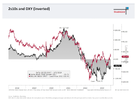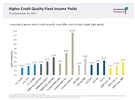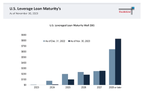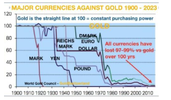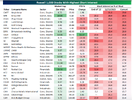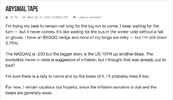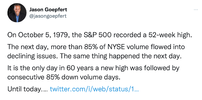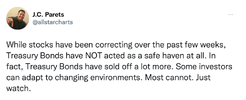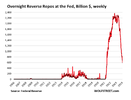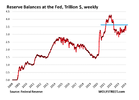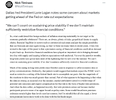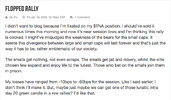- Joined
- 13 February 2006
- Posts
- 5,400
- Reactions
- 12,570
a different explanation might be
land is an asset , it is tangible and clearly defined , gold is both an asset and a currency because it can be transported to a different owner relatively easily , gold can be used as a popular medium of settlement across jurisdictions
now a currency is only a medium of exchange ( both parties trust ) cash , diamonds , pearls , gold , some cryptos
now some believed US treasuries were a reserve asset thinking the US would never scorch somebody who lent them billions,trillions of dollars worth of goods , that thinking is starting to change
my father used to tell me , 'if you have to buy your friends , you probably don't have any ( friends )
Mr divs,
It really comes down to: gold is no-one's liability.
jog on
duc


